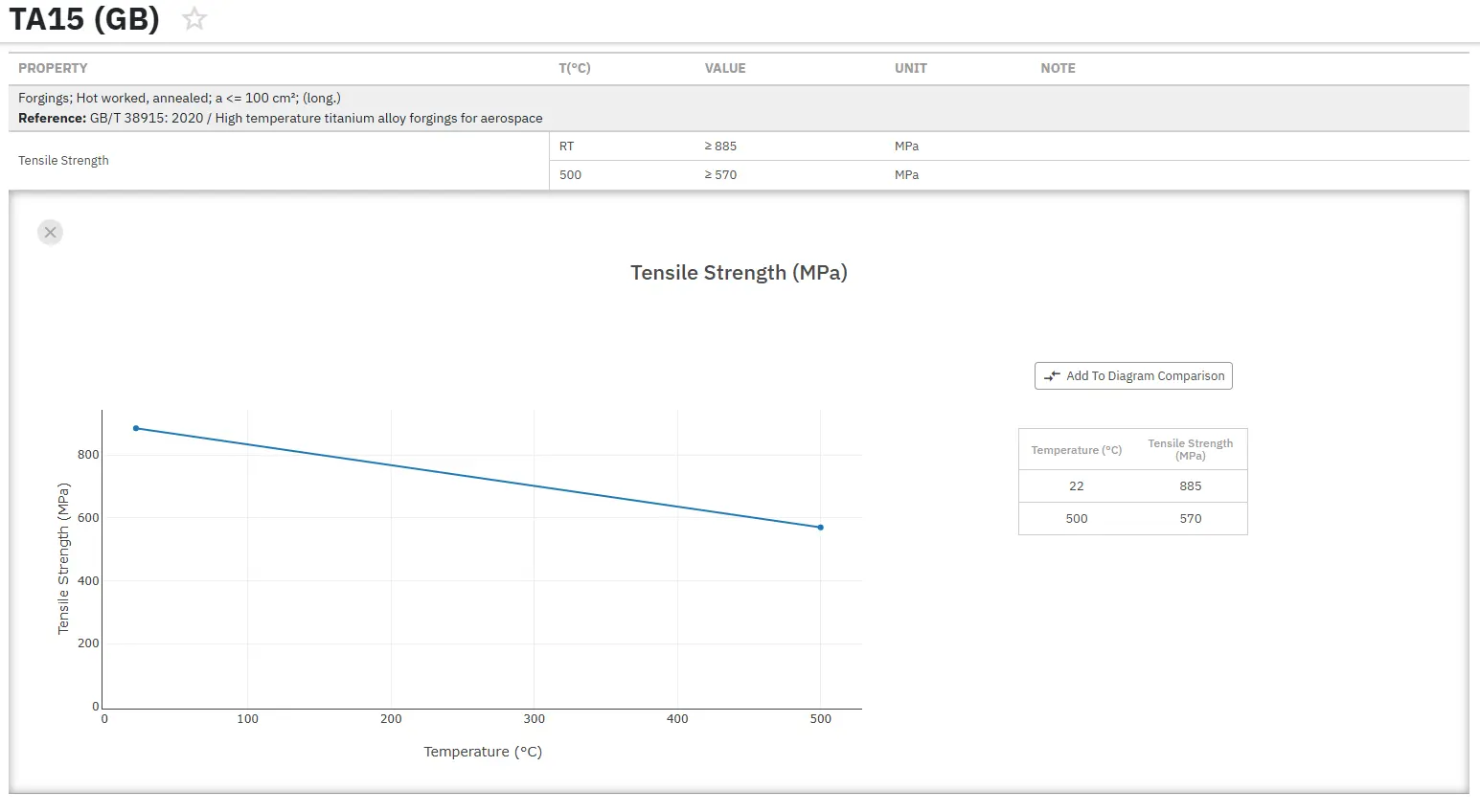Forming of Titanium and Titanium Alloys: Part Two
Abstract
The commercial production of titanium products, such as plates, sheets, strips, and bars, involves hot and cold rolling processes to achieve the desired shapes and reductions. Rolling techniques are defined by the temperature at which they are performed, with hot rolling carried out above recrystallization temperatures and cold rolling below these thresholds. Additional forming methods, including extrusion, spinning, bending, and drawing, offer a comprehensive suite of processes to shape titanium for industrial applications. These methods cater to the material's unique mechanical properties, enabling its use in diverse industries.
Rolling Techniques
Titanium rolling processes are classified into hot and cold rolling based on the operating temperature relative to the metal's recrystallization rate:
- Hot Rolling: Conducted at temperatures between 1350–1500°F (730–815°C), approximately 200°F (110°C) lower than forging temperatures. Hot rolling reduces the cross-sectional area effectively while minimizing surface contamination.
- Cold Rolling: Performed at temperatures below the recrystallization threshold. Thin sheets require tight roll settings to ensure a uniform cross-section.
Pass Sequence: This term refers to the number and percentage of reductions per pass. It is critical to adjust temperatures as material thickness decreases to avoid surface defects.
Tension Control: Continuous rolling applies back and forward tension to reduce friction in the roll gap, enhancing precision.
Extrusion
Extrusion shapes titanium into continuous forms such as rounds, squares, and tubes by forcing it through a die. Typical extrusion temperatures range between 1800–1900°F (980–1040°C). Titanium's superior flow characteristics allow it to fill dies with less wear and closer tolerances compared to steel.
Tube and Wire Drawing
Titanium tubing and wires are formed through cold drawing:
- Seamless Tubing: Produced by piercing hot-extruded billets and drawing them over a mandrel with intermittent vacuum annealing to ensure smooth surfaces.
- Welded Tubing: Formed by rolling cold-rolled strips into tubes, welding them, and conducting the drawing operation.
- Wire Drawing: Both unalloyed and alloyed titanium wires are reduced to diameters as small as 0.007 inches (0.18 mm) using phosphate coatings or copper lubricants. Vacuum annealing between drawing stages improves quality.
Spinning
Spinning creates rotationally symmetric parts by pressing a blank against a preformed chuck on a lathe. Elevated temperatures (1000–1300°F or 540–705°C) reduce work hardening, enabling precise shaping of titanium.
Deep Drawing and Punch Pressing
Deep drawing and punch pressing cater to both unalloyed and alloyed titanium grades:
- Unalloyed Grades: Can be reduced by 20–40% using pressures of 3500 psi (24 MPa) or greater.
- Alloy Grades: Require additional heating to 800–1000°F (425–540°C) for successful forming.
Punch pressing for piercing and blanking operations is typically conducted cold for unalloyed titanium but requires elevated temperatures for alloys.
Bending
Titanium sheets, strips, and tubes are bent using V-blocks or power brakes. Both hot and cold bending methods are employed depending on material thickness and desired precision.
Stretch Forming
Stretch forming shapes titanium by clamping the material and applying uneven tension or pressing it against a die. Temperature requirements vary based on material stretch:
- Unalloyed Titanium: Room temperature for stretches <5%; 400–600°F (205–315°C) for greater stretches.
- Alloy Grades: 800–1000°F (425–540°C) for enhanced formability.
Dimpling
Dimpling creates flush surfaces for rivets by deforming material with heated dies. Temperatures for dimpling operations range:
- Unalloyed Grades: 600–800°F (315–425°C).
- Alloy Grades: 800–1000°F (425–540°C).
After dimpling, holes are reamed to the correct size to ensure precision.
Additional points that can be drawn and obtained include the following examples which can be taken into consideration include stretch forming. Temperature requirements very based on the
Seguir leyendo
¡Acceda Ahora a las Propiedades Precisas de las Aleaciones de Titanio!
Total Materia Horizon contiene información sobre las propiedades de miles de aleaciones de titanio: composición, propiedades mecánicas y físicas a diversas temperaturas, propiedades no lineales y mucho más.

Obtenga una cuenta de prueba GRATUITA de Total Materia Horizon y únase a nuestra comunidad que traspasa los 500.000 usuarios provenientes de más de 120 países.